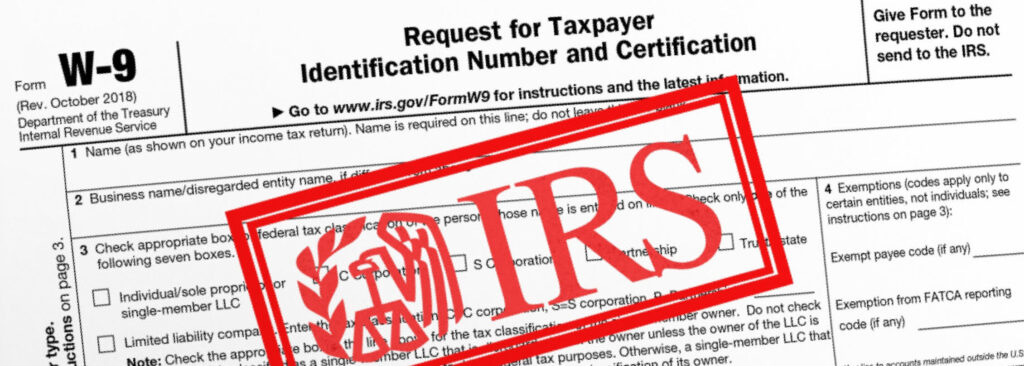In the intricate world of business finance, the purchase of inventory often plays a pivotal role, serving as a linchpin in the delicate balance between assets, expenses, and profitability. Contrary to common perception, an inventory purchase is not an immediate expense but rather a strategic move that unfolds its financial implications over time.
The Dynamics of Inventory as an Asset:
An inventory purchase is not an expense. Inventory becomes an expense as a cost of goods sold (COGS) only when the item is actually sold. The purchase of inventory with cash is therefore a transfer of assets which appears on the balance sheet financial statement (cash goes down and the inventory asset goes up). When sold the transaction interacts with both the balance sheet and the profit and loss statement. When sold the asset goes down, revenue goes up, and cash goes up. What is left is (hopefully), profit! The shipping of inventory is an expense that should appear elsewhere in the profit and loss.
What are some issues this creates?
1. Accounting starts to become more challenging
Keeping tabs on cash, inventory, revenue, and profit turns into a tricky balancing act. As inventory shifts from asset to expense, the once-clear accounting path becomes a maze, demanding precision to avoid financial missteps.
2. If you are increasing inventory this generally requires more money
It’s not just a dance of numbers; increasing inventory demands a financial leap. More inventory means more investment, requiring a delicate balancing act to elevate the inventory asset without compromising your financial flexibility.
3. When profitable there may be tax due, even if all the profits are used to purchase inventory!
The applause for profitability is often followed by the tax due. Even if you reinvest all your profits into inventory, taxation lurks in the wings, ready to take its share. Maneuvering through these tax implications becomes a critical act in this intricate financial play.
Inventory and COGS Recognition in Small Business Accounting
A recent conversation with a client sparked a discussion on the applicability of cash and accrual accounting methods in the context of a small inventory-based business. We’ll delve into the considerations and implications of choosing between cash and accrual accounting for such enterprises.
Question asked by one of our clients
“I did some research on the inventory issue and when COGS could be recognized. What I saw is that while COGS could not be recognized until sale under the accrual accounting method, it could be recognized under the cash accounting method. Can you confirm whether this would be the case? Since my side business is so small, I would imagine we’d be eligible for the cash method.”
Cash basis is typically the way to go for a small inventory based business, unless you plan on doing significant crowd funding at any point in time. An example of crowdfunding challenges of a cash basis business, like the Coolest Cooler, could be raising $13Mil in December and then needing to report all of that income. Because there is no product to ship and few expenses, such a dilemma would create a big timing difference under the cash basis of accounting. Even under the cash basis you cannot simply expense a manufacturing run if you wired all that money to a fabricator before the year end.
Unfortunately under the cash basis (as the IRS defines it) an inventory purchase would not be an expense. A cost of goods sold is an expense, so, the purchase of a good would be generally trading some form of money for an asset.
“Cash Basis” accounting is a watered down version of “Real” accounting that matches time periods better in theory (accrual accounting). So it is possible some of the things you are reading may not apply to the IRS Cash Basis. At best you could call the IRS version a modified cash basis of accounting. For example it is common to make retirement contributions after the year is over and be able to deduct these. So it is not a strict cash basis. The IRS does require accrual accounting at some point, which today is significantly more that $20 Mil in revenue (you can search out the exact figure depending on the year it can vary a lot). If you were able to expense inventory purchases you could imagine what a massive tax deferral that could be! So in sum, thinking from it that way, a purchase of inventory is a purchase of an asset.
Conclusion
In essence, understanding these challenges isn’t just for financial experts. It’s the key to mastering the art of managing your business’s financial performance. After all, in the world of business, success lies in navigating these challenges to create a harmonious and profitable symphony of assets, expenses, and profits.



